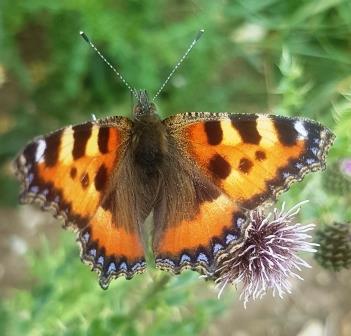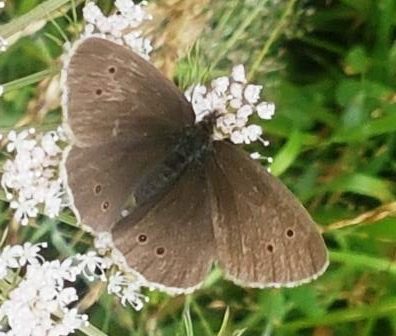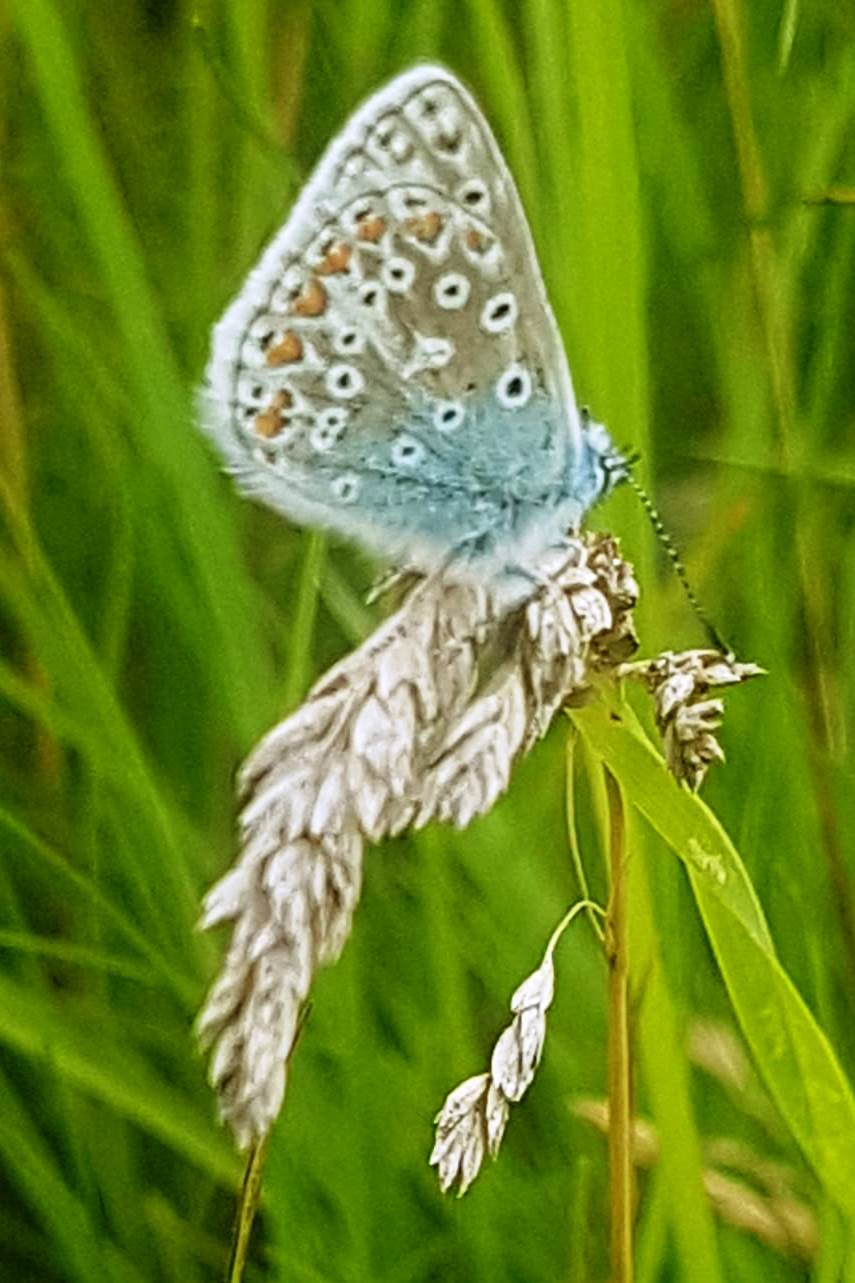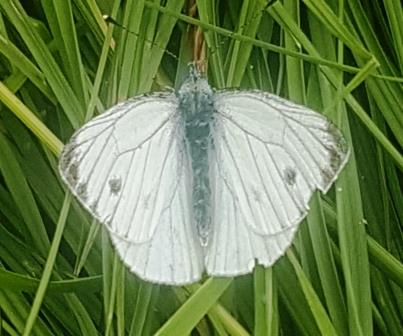Coming out of lockdown, the Yorkshire Moors and the Yorkshire Wolds have never looked so stunning. And for me, a bit of a birdwatcher, the new revelation has been butterflies. They might always have been there but I see them now through new eyes.

Standing on the Cleveland Way above Kepwick and looking out across the Vale of Mowbray to the eastern edge of the Yorkshire Dales is spectacular enough at any time. To do so as the sun is setting over the far hillsides whilst six kestrels hang in the updraft above you, hunting prey on the scarp slope, is something else.
It all gave such a sense of freedom and space after months exercising only on the flat expanse of Ouse floodplain. (Yes, I know, hardship is relative so please understand I am really, really not complaining).
Peacocks and ringlets
It was on my first post-lockdown walk, up from Kepwick then along the ridge towards Osmotherley (such a splendid Yorkshire twang to it, that place name), that I began to notice them – bright, colourful, and strangely deliberate in their movement. Mostly they were peacocks and small tortoiseshells I later discovered. But by the time I had headed off the ridge and down through forest to the valley floor again, I was struck by another. This was less spectacular in its brightness – soft brown but with remarkable eyespots and a sort of glowing translucence around the edges of its wings. It waited, on foliage, letting me come close as if it took delight in posing for pictures. A ringlet.



Later still, on the Wolds, it was the common blue, gatekeeper, marbled white and the green veined white that captivated me. And of course the peacock with its startling pattern of eyespots, designed to ward off or confuse predators.
At the mercy of the wind
To think, for all these years I had believed that such delicate creatures had no control over their destiny or direction. I thought that being so light and frail they travelled merely at the mercy of the wind, blown wherever the breeze took them. Now, I discover, they have purpose. Monarch butterflies have been tracked flying 3000 miles in directions of their own choosing. The painted lady can fly 100 miles in a day, at speeds of up to 30mph. York scientists have discovered that it migrates an incredible 9000 miles but it takes six generations to make the journey. Now that is putting species before self!

The peacock, I learn, as I find one hibernating in the open case of a mantel clock on top of the bookcase in my growlery, isn’t a migrator but is largely nomadic. It lives for up to eleven months and wards off predators by rubbing its wings together to make a hissing sound. I listen hard but the ticking of a myriad of clocks drowns out the warning.
Fine, fragile, in control
As I walk, I will always delight at the call of the curlew or the scream of the oystercatcher, the soar of the buzzard or the busy fussy strut of the pied wagtail. I will relish the jumble of goldfinches chasing along hedgerows, the majestic lone yellowhammer on a telegraph wire above stubble fields.
But now I have a new diversion – the spectacular, inspirational flight of butterflies making their way purposefully across the glorious Yorkshire landscape.
And the reassurance of knowing that even something so fine, so fragile, so delicate, can still control its own destiny.
If you have enjoyed this article – you see they are not all about clocks – sign up to the blog to be notified when new posts appear. And feel free to leave a comment below…
Lyrical writing!!
Inspiring words, and photographs capturing the delicacy and beauty of the butterflies.